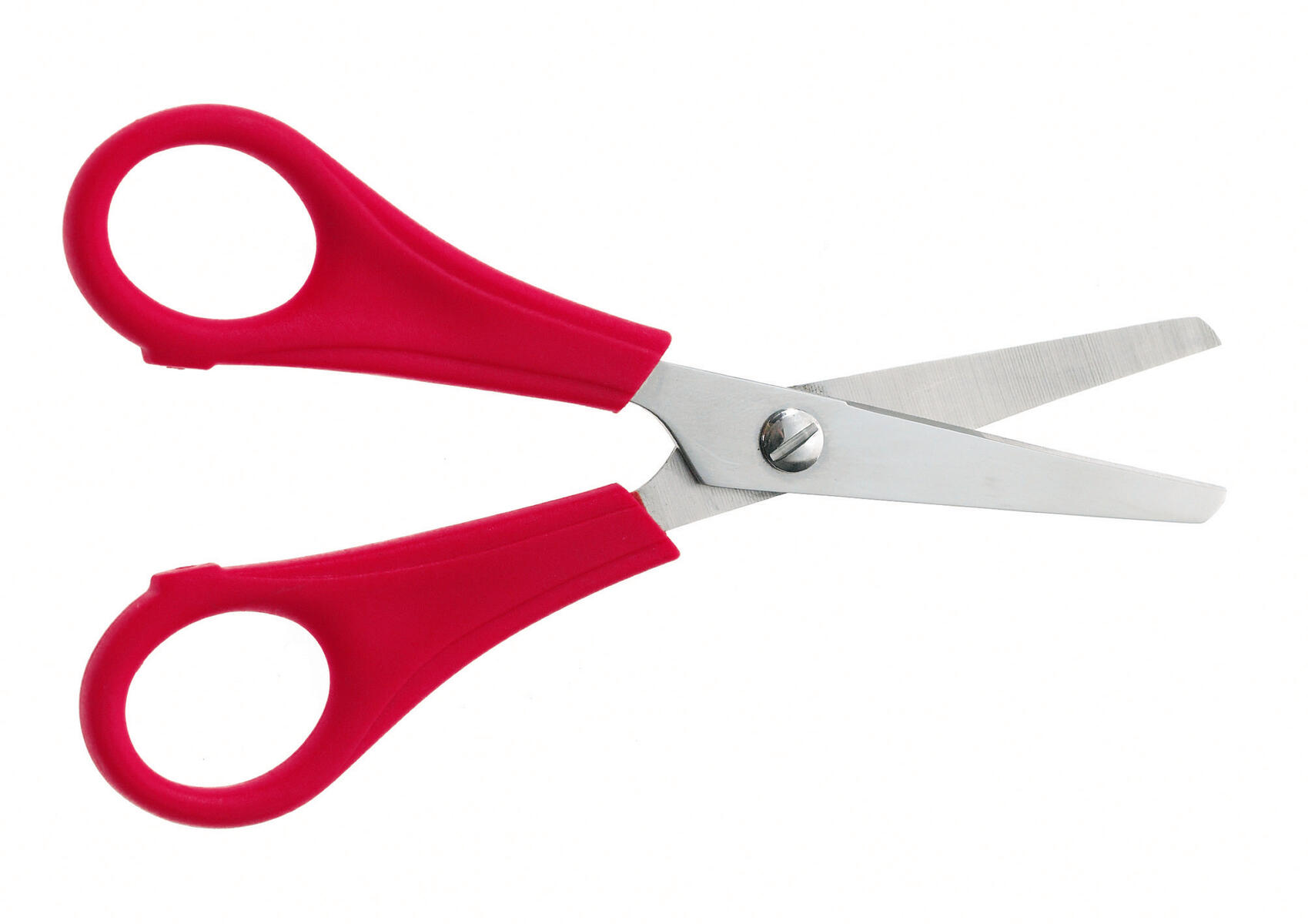Stock Performance Analysis

Saks stock has exhibited a volatile performance in recent times, influenced by various factors. The stock price has fluctuated significantly, with notable gains and declines. The market capitalization has also shown variations, reflecting changes in the company’s overall valuation.
Factors Influencing Performance
The performance of Saks stock has been influenced by a combination of factors, including:
- Economic Conditions: The overall economic climate, consumer spending patterns, and inflation rates impact the demand for Saks’ products and services.
- Competitive Landscape: Saks faces competition from other luxury retailers, both online and brick-and-mortar. Changes in the competitive environment can affect the company’s market share and profitability.
- Company-Specific Factors: Saks’ own strategic decisions, operational efficiency, and brand reputation influence its stock performance.
Comparison to Competitors
Compared to its competitors, Saks stock has shown both similarities and differences in performance.
- Market Capitalization: Saks’ market capitalization is comparable to that of its peers in the luxury retail sector.
- Stock Price Volatility: Saks stock has experienced higher volatility than some of its competitors, indicating greater price fluctuations.
Comparison to Broader Market
In relation to the broader market, Saks stock has shown a somewhat different trajectory.
- Correlation: Saks stock has exhibited a moderate correlation with the broader market, indicating some degree of alignment in performance.
- Outperformance: During certain periods, Saks stock has outperformed the broader market, suggesting that investors view the company as a potential growth opportunity.
Financial Health Assessment
Saks’ financial health can be assessed by analyzing its financial statements, including the income statement, balance sheet, and cash flow statement. These statements provide insights into the company’s profitability, liquidity, and solvency.
The income statement shows the company’s revenues, expenses, and profits over a specific period. Saks’ income statement indicates that the company has been facing declining revenues in recent years, due to factors such as increased competition and changing consumer preferences. However, the company has been able to maintain profitability by controlling costs and improving efficiency.
Profitability
Saks’ profitability can be assessed by analyzing metrics such as gross profit margin, operating profit margin, and net profit margin. These metrics measure the company’s ability to generate profits from its sales and operations. Saks’ profitability metrics have been relatively stable in recent years, indicating that the company has been able to maintain its profitability despite the challenges it faces.
Liquidity
Saks’ liquidity can be assessed by analyzing metrics such as the current ratio and quick ratio. These metrics measure the company’s ability to meet its short-term obligations. Saks’ liquidity metrics have been improving in recent years, indicating that the company is better able to meet its short-term obligations.
Solvency
Saks’ solvency can be assessed by analyzing metrics such as the debt-to-equity ratio and the times interest earned ratio. These metrics measure the company’s ability to meet its long-term obligations. Saks’ solvency metrics have been relatively stable in recent years, indicating that the company is able to manage its debt obligations.
Overall, Saks’ financial health is relatively stable. The company has been able to maintain profitability and improve liquidity, while managing its solvency. However, the company faces challenges due to declining revenues, and it will need to continue to adapt to the changing retail landscape in order to maintain its financial health.
Market Opportunities and Challenges: Saks Stock

Saks Fifth Avenue, an iconic luxury department store, operates in a dynamic retail landscape marked by both promising opportunities and significant challenges. Understanding these market dynamics is crucial for the company’s long-term success.
One of the key opportunities for Saks lies in the growing demand for luxury goods among affluent consumers. The rise of e-commerce has also created new avenues for growth, allowing Saks to expand its reach beyond its physical stores.
Competitive Landscape
Saks faces intense competition from other luxury retailers, including Neiman Marcus, Nordstrom, and Bergdorf Goodman. Each of these competitors has its strengths and weaknesses, shaping the competitive landscape.
- Neiman Marcus: Known for its exclusive merchandise and high-end customer service, Neiman Marcus is a formidable competitor in the luxury retail market.
- Nordstrom: Nordstrom offers a wider range of merchandise than Saks, including both luxury and mid-priced items. Its strong customer service and loyalty program make it a popular choice among shoppers.
- Bergdorf Goodman: Bergdorf Goodman is renowned for its unique and avant-garde merchandise, catering to a niche clientele of fashion enthusiasts.
Growth Areas and Strategies, Saks stock
To capitalize on market opportunities and mitigate challenges, Saks can consider several growth areas and strategies:
- Expand e-commerce: Saks can leverage its strong brand recognition and customer base to expand its e-commerce presence. This will allow the company to reach a wider audience and increase sales.
- Enhance customer experience: Saks can differentiate itself by providing exceptional customer service, both in-store and online. This includes personalized shopping experiences, exclusive events, and loyalty programs.
- Explore new markets: Saks can consider expanding into new markets, both domestically and internationally, to increase its customer base and revenue streams.